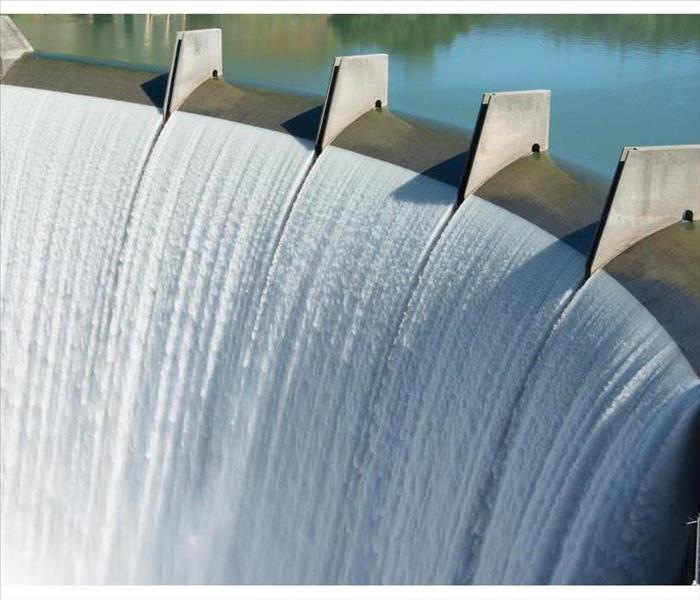Operating a Business in a Flood Zone: Understanding City Flood Barriers
2/16/2022 (Permalink)
Operating a Business in a Flood Zone
Before opening a business in a high flood zone area, it is wise to investigate the tools and methods a city uses for flood prevention, preventing high water levels from potentially enveloping your business. While not every town uses every tool, it is still beneficial to know.
1. Dams
One of the most common tools to stop flooding is dams. Dams are large structures that help to restrict underground streams and water. These barriers are among the most popular means of flooding control because they can also be used to divert water for drinking, irrigation, industry and navigation.
2. Sluices
A sluice gate is often used to prevent high water levels. Essentially, these gates help to regulate the flow of water, and in essence, control the output to minimize the risk of flooding. The gate is kept closed when water levels are fair and opened when the water pressure is too great.
3. Locks
Water locks are used to control water levels within canals. A lock consists of a channel with two gates. Behind one gate is a higher water level than the other, allowing the water level within the channel to be manipulated.
4. Dikes
A dike is another type of barrier. However, unlike a dam, a dike is made of earth and stone and acts as more of a natural barrier between land and water. Dikes became popular in the Netherlands and eventually gained popularity in the states.
While it is nice to know what kind of flood prevention a city takes, it is more important that you have adequate insurance coverage for your business and an emergency response plan through a disaster restoration specialist in the Portage, PA, area. Being prepared is not only up to your city.
Most cities situated in a flood zone go to great lengths to protect their citizens from high water levels. If you decide to operate out of a flood zone, then you should be aware of these measures while also ensuring your own interests by purchasing flood insurance and making a plan for potential disaster.





 24/7 Emergency Service
24/7 Emergency Service
